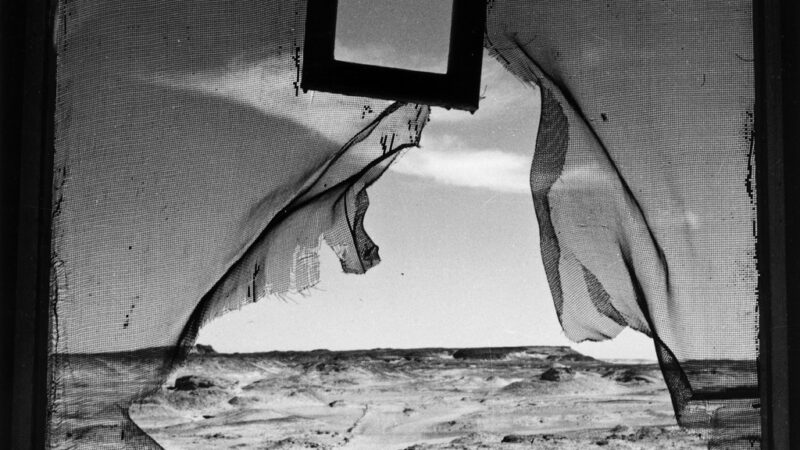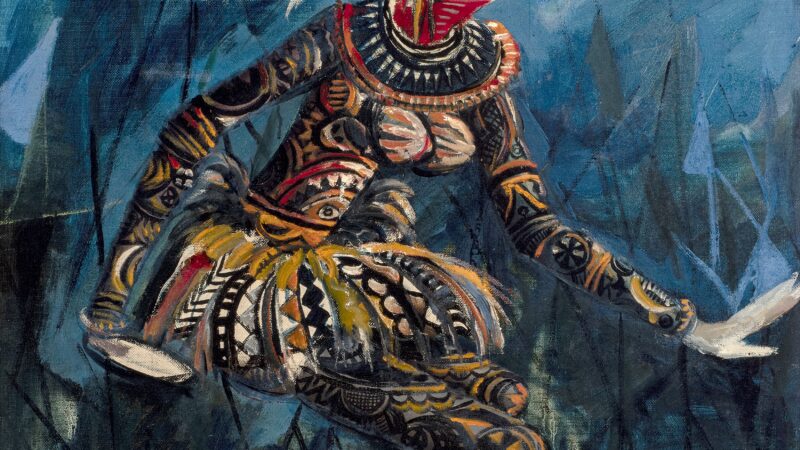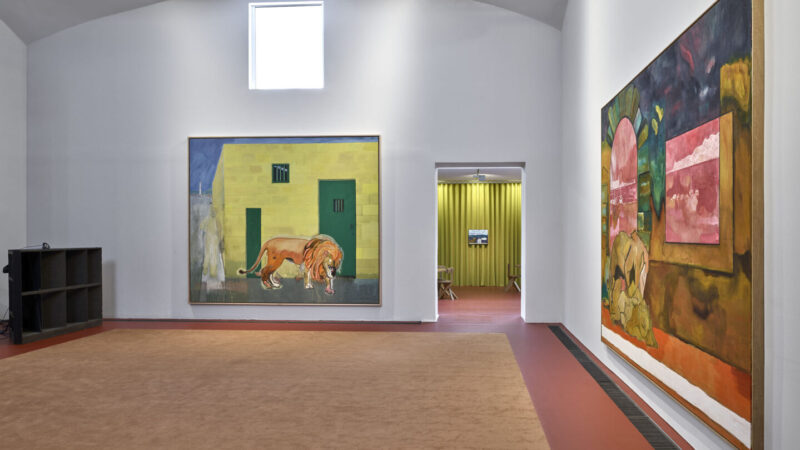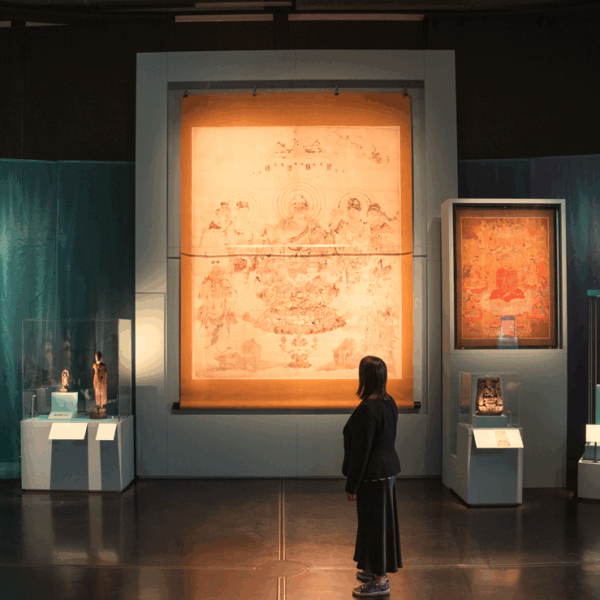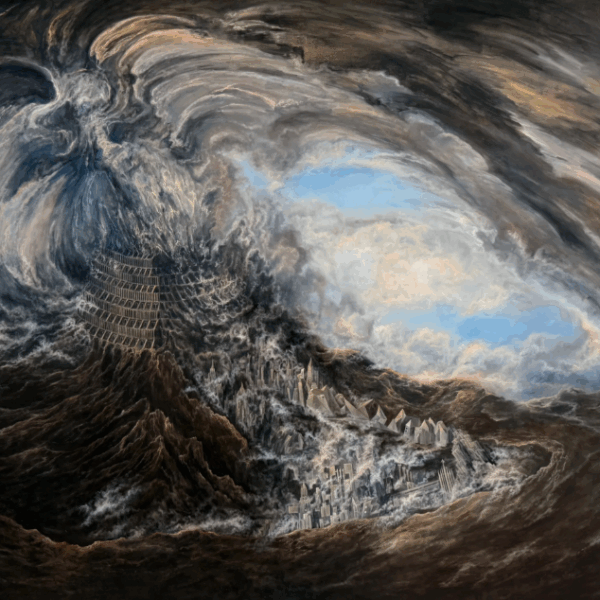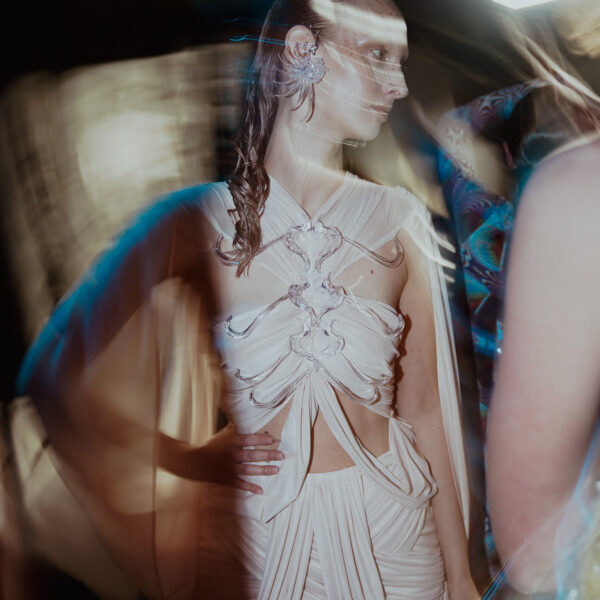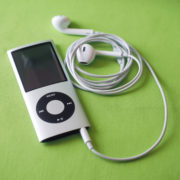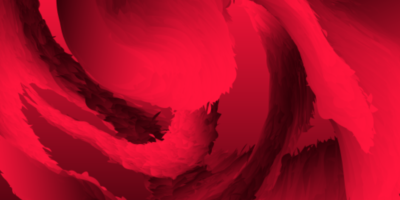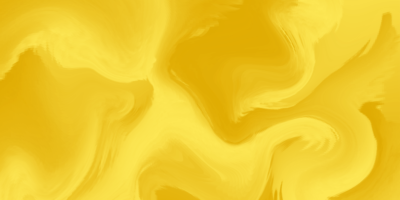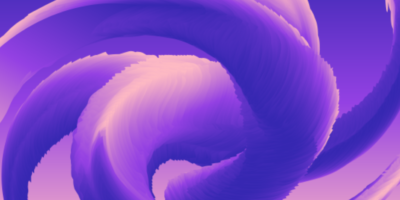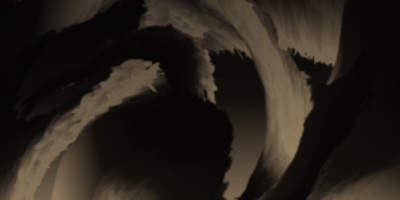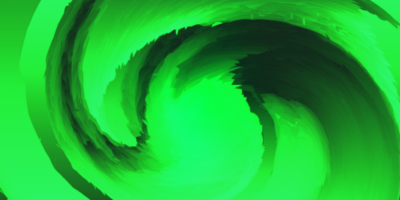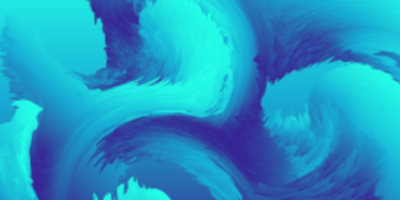Wes Anderson: The Archives
From November 21, the Design Museum is opening its doors to a world of pastel palettes, symmetrical frames, and eccentric storytelling like never before.
For the first time, Wes Anderson has allowed unprecedented access to his personal archives — a treasure trove built up over three decades of filmmaking — and most of these objects have never been seen in Britain until now.
This landmark exhibition traces Anderson’s journey from his early experiments in the 1990s to the richly layered productions that have made him one of cinema’s most distinctive voices. Visitors will be invited behind the curtain of films including The Grand Budapest Hotel, Fantastic Mr. Fox, Isle of Dogs, and his latest work The Wonderful Story of Henry Sugar, alongside insights into his enduring collaborations with creative partners.
Over 600 carefully chosen objects will be on display, each one a glimpse into the meticulous craft that defines Anderson’s filmmaking. Expect to see original storyboards, polaroids, sketches, and handwritten notebooks sitting alongside miniature models, costumes, paintings, and puppets. The result is an intimate portrait of the director’s process — from rough beginnings to iconic final scenes.
Among the highlights are a candy-pink model of the Grand Budapest Hotel, the vending machines from Asteroid City, and Gwyneth Paltrow’s fur FENDI coat as Margot Tenenbaum. Fans of The Life Aquatic with Steve Zissou can marvel at the stop-motion puppets that brought fantastical sea creatures to life, while Mr. Fox himself appears in his beloved corduroy suit, joined by show dog Nutmeg and intricately built miniature sets. For completists, there’s also a screening of Anderson’s very first short film, Bottle Rocket, made in 1993.
But this is not just about finished props. The exhibition also shines a light on the in-between stages — the work-in-progress maquettes, sketches, and experiments that capture Anderson’s devotion to hand-crafted techniques. From puppetry to stop-motion animation, the show celebrates the traditional artistry that continues to define his work in an age dominated by digital effects.
With its mix of nostalgia, craftsmanship, and cinematic imagination, the Design Museum’s new exhibition is set to be the closest thing yet to stepping into a Wes Anderson film.
Tickets are available to book now.
Header via the Design Museum


